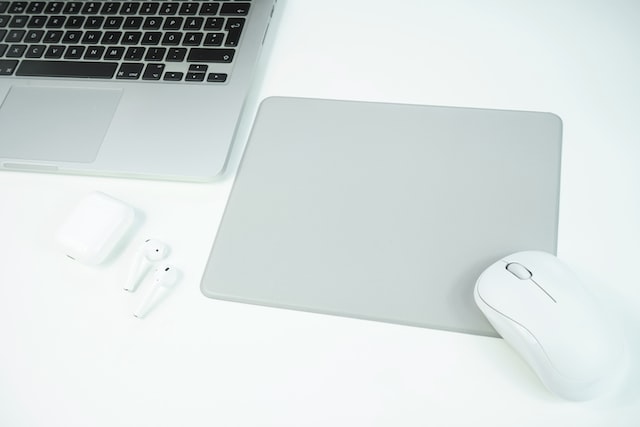Introduction
Mouse pad are a seemingly simple accessory that many computer users take for granted, but they play a crucial role in the performance and longevity of a computer mouse. In this article, we will explore the various materials and methods used to make mouse pads, as well as the reasons why they are necessary for optimal mouse performance.
Mouse Pads Variety
Mouse pads are typically made from a variety of materials, including rubber, cloth, and foam. Rubber mouse pads are made from a durable, non-slip material that provides a stable surface for the mouse to move on. Cloth mouse pads are made from a soft, woven fabric that provides a smooth surface for the mouse to glide over. Foam mouse pads are made from a soft, spongy material that conforms to the shape of the mouse and provides a comfortable surface for the user.
Mouse Pads Methods
- The most common method for making mouse pads is through a process called “calendering.” This process involves heating and pressing a mixture of rubber and other materials to create a smooth, uniform surface. The mixture is then poured onto a large roller and pressed to create a flat, even surface. Once the surface is smooth, the mouse pad is cut to the desired size and shape.
- Another method for making mouse pads is through a process called “extrusion.” This process involves heating a mixture of rubber and other materials to a high temperature and forcing it through a small opening to create a long, thin strip. The strip is then cut to the desired size and shape.
- In addition to these traditional methods, some mouse pads are now being made through a process called “digital printing.” This process involves using a specialized printer to apply a design or image to the surface of the mouse pad. This allows for a wide range of customization options and allows for the creation of unique, eye-catching designs.
So why are mouse pads necessary? The primary reason is to provide a smooth, stable surface for the mouse to move on. A mouse pad helps to reduce friction and improve the accuracy and responsiveness of the mouse. This is especially important for gamers and graphic designers who rely on precise mouse movements.
Another reason why mouse pads are necessary is to protect the surface of a desk or table. A mouse pad provides a barrier between the mouse and the desk, preventing scratches and damage to the desk surface. This is especially important for those who use an expensive or high-end desk.
Conclusion
Finally, mouse pads can also be used for ergonomic reasons. Many mouse pads are designed with ergonomic features, such as a built-in wrist rest, to help reduce strain and discomfort during prolonged use.
In conclusion, mouse pads are a simple yet essential accessory for any computer user. They are made from a variety of materials through various manufacturing methods and play a crucial role in the performance and longevity of a computer mouse. They provide a smooth, stable surface for the mouse to move on, protect the surface of a desk or table, and can be designed with ergonomic features to reduce strain and discomfort during prolonged use.
It is worth noting that there are also gaming mouse pads which are more performance oriented and usually have a larger surface and a specialized surface that is optimized for gaming mouse’s sensor. They also come in different sizes and shapes, and some of them even have RGB lighting.


